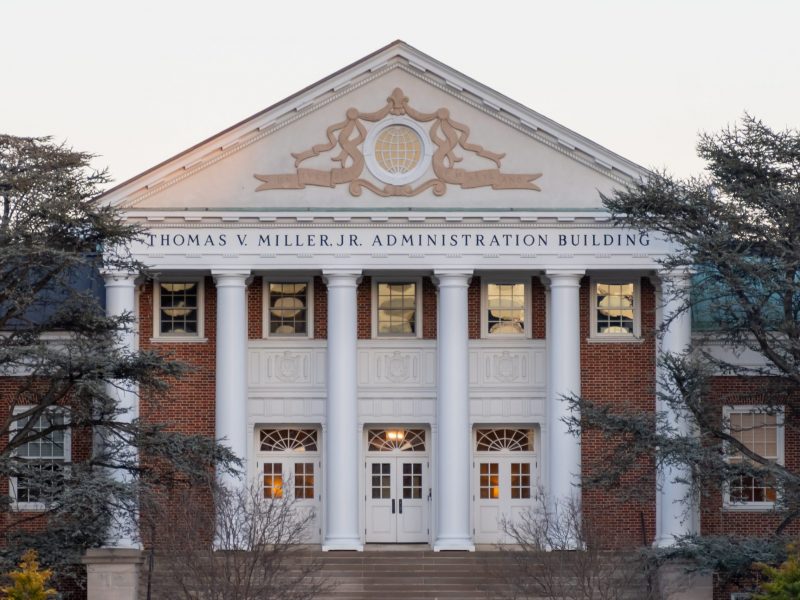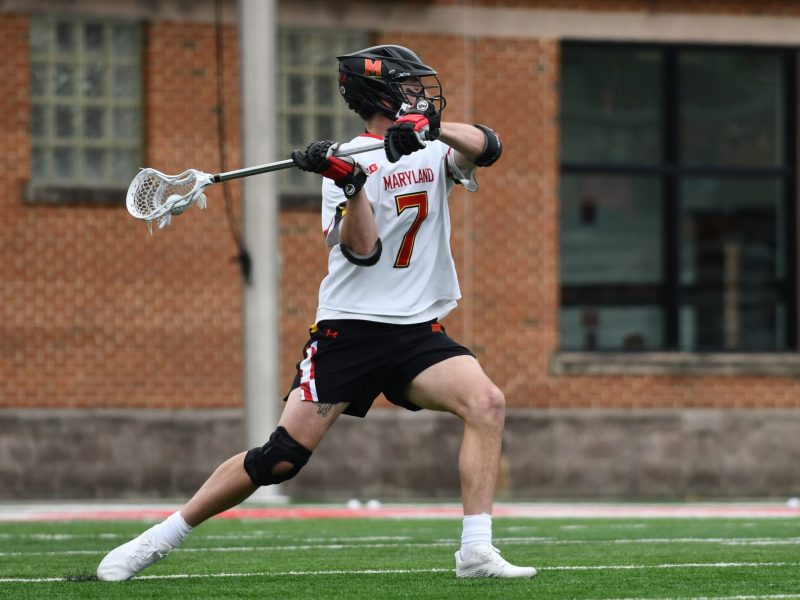When my family moved into our first house, I was in middle school, and I was ecstatic to play baseball games with the neighborhood kids in the cul-de-sac, something I couldn’t do in our old apartment building. But by the time I was in high school, the little asphalt court had turned into a jail cell, keeping me at arm’s length from anywhere I could see my friends, buy things or loiter. There wasn’t anywhere I could go that I didn’t have to drive to, and even if I could drive, the congestion turned a trip to the grocery store into an expedition.
That’s why I was happy earlier this week to read that the state of Virginia wants to ban cul-de-sacs from all new neighborhoods. Our neighbors to the south have discovered that one’s makeshift baseball field is another’s traffic nightmare, and nowhere is that more apparent than in College Park.
As we all know, there is one main north-south road in College Park: Route 1, also known as Baltimore Avenue. Whether you’re going to Shoppers for groceries or to the Capital Beltway for that trip home to New Jersey, you’re going to end up on Route 1. Not surprisingly, the road can get very, very congested due to the mix of local and regional traffic. All of the cars have to take Route 1 because there are no choices, and there aren’t any choices because everyone wants their own private cul-de-sac.
It wasn’t always like this. Before Route 1 as we know it was laid out in the early 20th century, Rhode Island Avenue, which parallels it about six blocks east, was College Park’s main street. A streetcar to Washington ran down the center of the avenue in a median strip that still exists today, and businesses, schools and churches clustered around stops located at College Avenue and Berwyn Road. A grid of streets formed between Rhode Island Avenue and Route 1 as the area developed, allowing traffic to move freely between the two.
As through traffic shifted to Route 1, local residents lobbied for portions of Rhode Island Avenue to be closed or converted to a one-way street, effectively creating cul-de-sacs. Parts of Rhode Island Avenue near East-West Highway in Hyattsville and north of Paint Branch Parkway have been converted to the College Park Trolley Trail, a hiker-biker path where the old streetcars used to run. While these changes have been an improvement for homeowners fed up with traffic, noise and a loss of privacy, they’ve been a continuing hassle for any College Park student or resident who’s had to fight through rush-hour traffic just to buy groceries.
People like cul-de-sacs because they’re quiet and safe for kids to play in, and they’re ideally a gathering space, as well – a place for neighbors to sit out in lawn chairs, crack open beers and enjoy one another’s company. Reconnecting Rhode Island Avenue through College Park could help to create that kind of place elsewhere in the city: along Route 1, where bumper-to-bumper traffic makes the downtown area a less-than-enjoyable place to walk around or at College Avenue or Berwyn Road, where neighborhood centers built around the old streetcars were left to starve from a lack of traffic. While I doubt College Park residents would willingly follow Virginia’s example and give up their cul-de-sacs, it’s good to see that local governments are recognizing the pitfalls of the circle.
Dan Reed is a senior architecture and English major. He can be reached at reeddbk@gmail.com.


